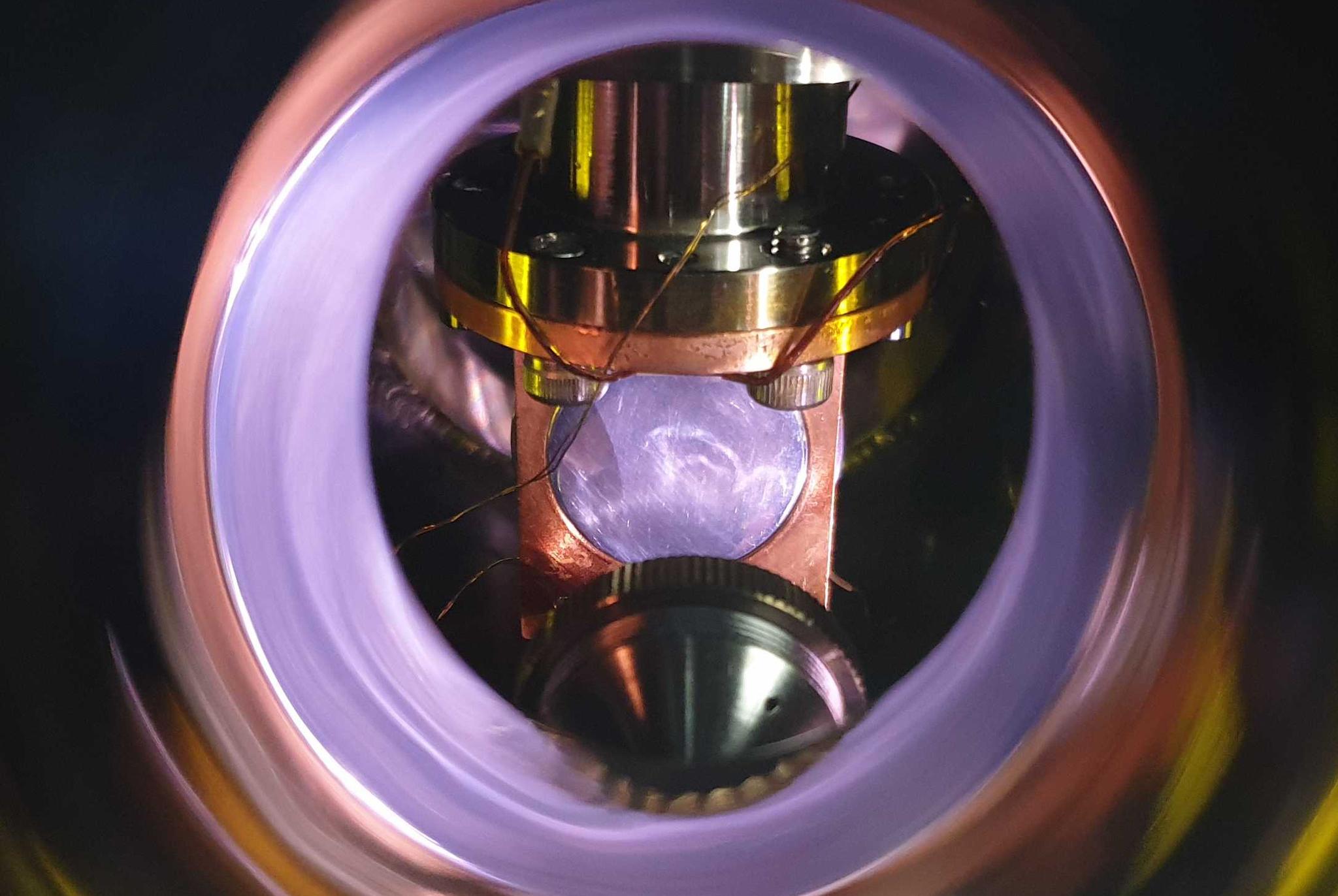Building blocks of life could have formed in huge clouds between the stars, scientists say
'This result could be key to unravelling fundamental questions for humankind'

Your support helps us to tell the story
From reproductive rights to climate change to Big Tech, The Independent is on the ground when the story is developing. Whether it's investigating the financials of Elon Musk's pro-Trump PAC or producing our latest documentary, 'The A Word', which shines a light on the American women fighting for reproductive rights, we know how important it is to parse out the facts from the messaging.
At such a critical moment in US history, we need reporters on the ground. Your donation allows us to keep sending journalists to speak to both sides of the story.
The Independent is trusted by Americans across the entire political spectrum. And unlike many other quality news outlets, we choose not to lock Americans out of our reporting and analysis with paywalls. We believe quality journalism should be available to everyone, paid for by those who can afford it.
Your support makes all the difference.The building blocks of life could have formed in vast, ancient clouds hanging between the stars, according to new research.
One of the basic and essential units of life – known as nucleobases, which help make DNA – have been found by Japanese scientists who simulated the environment of those huge gas clouds.
The findings could help us get closer to understanding some of the most fundamental questions about how life on Earth arrived, the researchers say.
"This result could be key to unravelling fundamental questions for humankind, such as what organic compounds existed during the formation of the solar system and how they contributed to the birth of life on Earth" says Yasuhiro Oba of Hokkaido University's Institute of Low Temperature Science.
Researchers have already spotted some of the basic organic molecules that are needed for life, inside of comets, asteroids. They have also been spotted in interstellar molecular clouds, or the vast, gaseous clouds that are strung between stars.
Those molecules are thought to have come down to Earth through meteor impacts, with seeded the key ingredients required to start the beginnings of life. But it is still unclear how they might have formed, a question to which the answer could shed important light on how humanity and all other life on Earth was able to begin.
To conduct the experiment, the researchers used an ultra-high vacuum reaction chamber to create a simulation of the conditions inside of those huge gaseous clouds. They constantly sprinkled a gaseous mixture of water, carbon monoxide, ammonia, and methanol onto a material made to simulate cosmic dust, which was cooled down to -263C, and then hit with lamps that could kick off chemical reactions.
Out of that machine came an icy film that gathered on the simulation of the dust that was inside the chamber. When researchers warmed that up and then analysed it, they found those nucleobases that are required to create DNA and RNA, which are in turn required for life.
They also found other interesting materials, such as amino acids, which make up proteins.
"Our findings suggest that the processes we reproduced could lead to the formation of the molecular precursors of life," said Yasuhiro Oba in a statement. "The results could improve our understanding of the early stages of chemical evolution in space.
Previous experiments might actually have created those nucleobases, the researchers said, but those conducting them did not have the highly precise measuring techniques to see that they were there.
Join our commenting forum
Join thought-provoking conversations, follow other Independent readers and see their replies
Comments